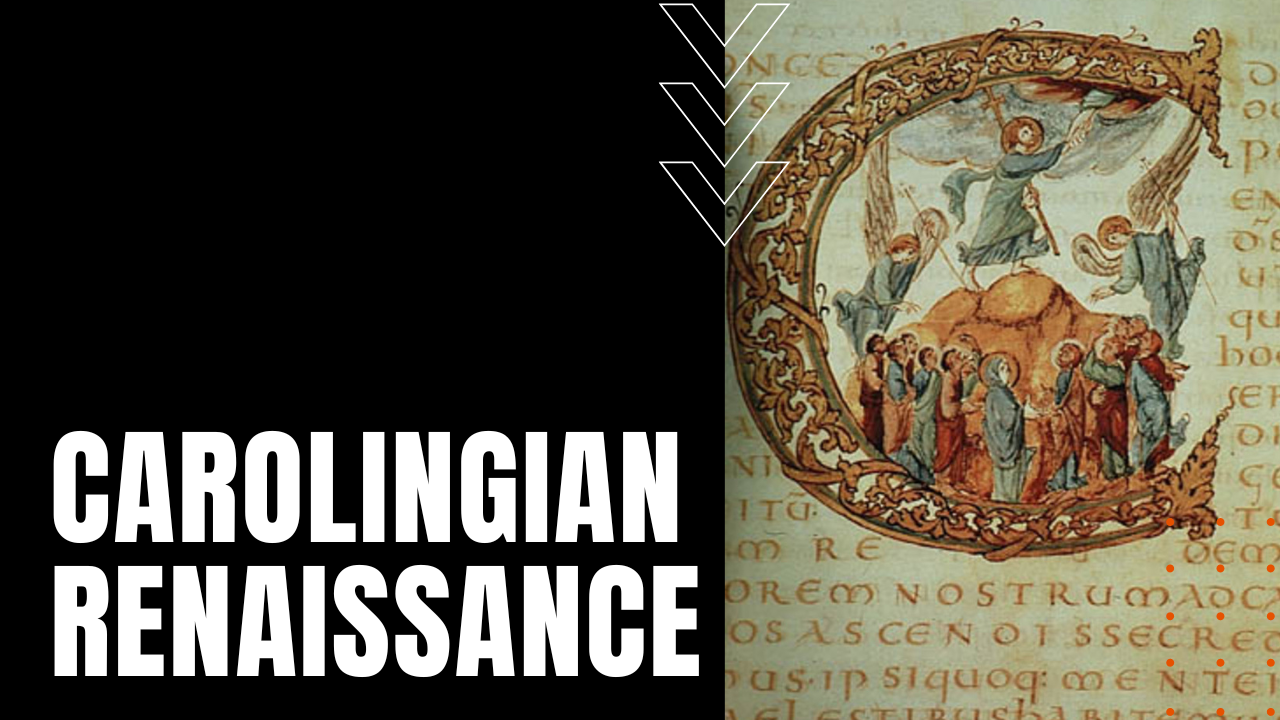Carolingian Renaissance

After the collapse of the Roman Empire, remnants of Roman culture and learning carried over into the early Middle Ages, kept alive during the 7th century Isidorian Renaissance in the Visigothic Kingdom of Hispania, which laid the groundwork for much of the Carolingian Renaissance.
Early Medieval Europe
Now considered the first of three periods in medieval Europe, the Carolingian Renaissance reached its nadir during the reigns of Charlemagne and his son Louis the Pious, thanks in large part to Charlemagne’s unification of Western Europe by military conquest and religious conversion.
While the Carolingian Renaissance failed to trickle down to average Europeans like its future offspring the Italian Renaissance, during the height of the Carolingian Empire, those fortunate few in the clergy and royal court, notably Alcuin of York, witnessed an explosive rise in literature, the arts and architecture, jurisprudence and liturgical reform.
Carolingian Economy Booms
As Western Europe unified under Charlemagne, the Carolingian economy exploded thanks to efficient management practices and the exploitation of labor on large estates, producing a steady surplus in food stocks like grain, wine and salt.
Reaching its zenith from 775 to 830, Western and parts of Eastern Europe witnessed a second explosion in population growth, leading to the large-scale construction of early medieval churches. Another major cause for economic growth in the Carolingian Empire was a precipitous rise in the Barbary coast slave trade, when wealthy Arabs favored Slavs, Avars, Saxons and Danes for their harems and courts.
Carolingian Miniscule
During the Carolingian Renaissance, ecclesiastical and secular leaders made a conscious effort to write better Latin and to copy and preserve biblical and classical texts, employing a new and highly legible form of script that introduced distinct capital letters followed by smaller or minuscule letters.
Known as the Carolingian minuscule, the breakthrough in writing comprised the foundational elements of modern European alphabets and writing, thereby providing a common language and writing style that enabled better communication throughout the majority of the European continent, making the Carolingian Renaissance, a giant leap forward during the early years of medieval Europe.
